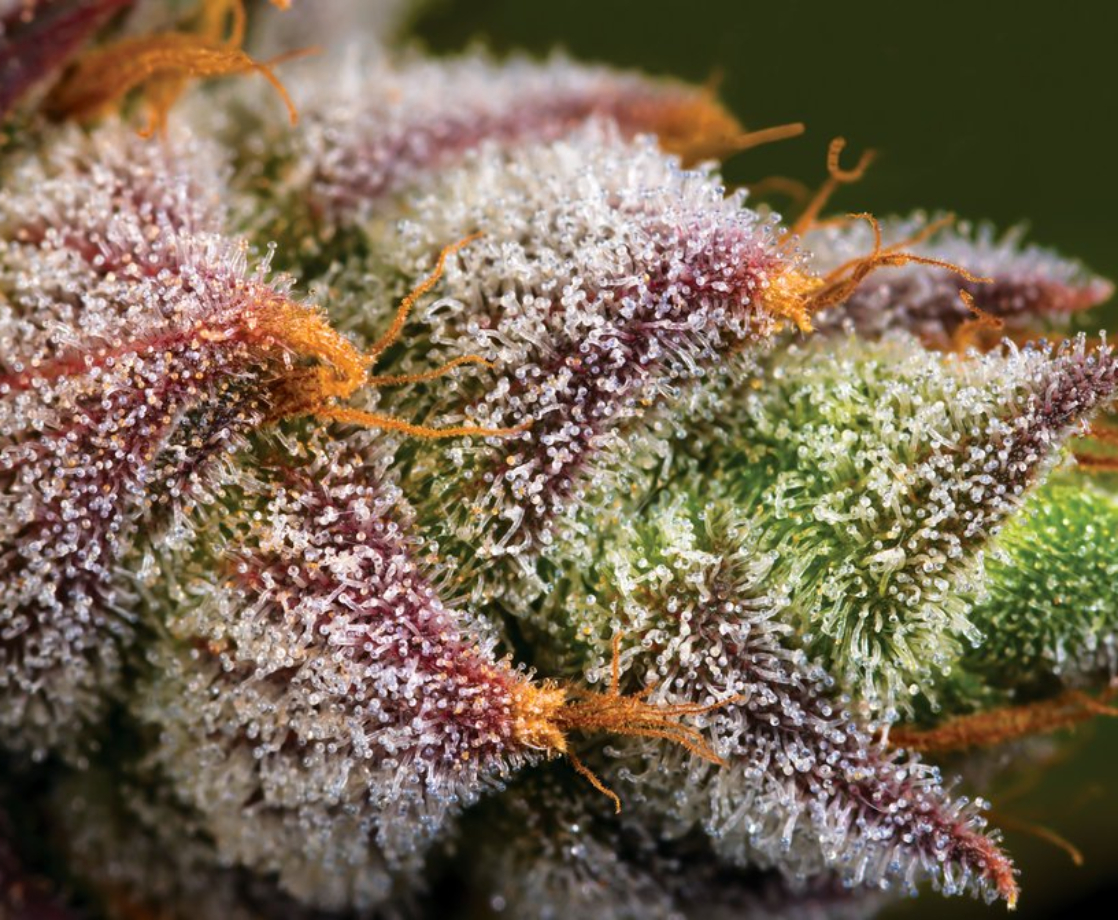Usually when people discuss the rich aromas and layered flavors found in perfectly cured cannabis, they only talk about these qualities in regard to smoking actual bud. But when chefs cook with cannabis, could those same qualities translate to their dishes? Yes, they can.
Mimosa is a weed strain that’s received some newfound attention on MERRY JANE’s own Netflix series, Cooked with Cannabis. And it’s not going into any verdant mixed drinks, either — this strain is going straight into main-course meals, such as this smoked halibut ceviche featured in the video clip below:
Would Anyone Want to Cook Edibles with Mimosa?
The Mimosa strain is known for its chill, level-headed buzz. But it’s most famous for its citrusy flavors, a slightly bitter bite, and floral fruitiness wrapped up in one dank experience. In other words, Mimosa weed can replace or enhance other cooking ingredients such as lemon pepper, orange rinds, cayenne pepper, zests, or anything else that contributes a sour singe or a subtle, spicy kick to a dish.
Why does Mimosa possess this citrus quality? According to compiled lab data at Leafly, this weed strain’s three most prominent terpenes are myrcene, pinene, and limonene. Terpenes are compounds naturally produced by cannabis that give plants their characteristic smells and flavors.
Myrcene is commonly found in mangoes, lemon grass, and cardamom. Pinene is the molecule that gives pine trees their morning-fresh scent. And limonene, perhaps the most citrusy of the three terpenes, is what makes the scents of lemons, oranges, and limes unique from all other fruits. When these three terpenes combine, you’ve got weed that’s just as valuable in a kitchen as it is in a blunt.
What’s the Best Way to Incorporate Mimosa Weed Into My Cooking?
Extracting cannabinoids like THC or CBD from cannabis is fairly simple and straightforward. Extracting terpenes, on the other hand, is much trickier.
Terpenes are incredibly volatile compounds, meaning they’re fragile. Too much heat during the extraction process will cause the terpenes to either evaporate or degrade. The problem with making cannabutter or infused oils at home with Mimosa is that the heat needed to rapidly decarboxylate THC will usually fry off the terpenes that make Mimosa so special, too.
The most convenient method for cooking with Mimosa is to use a high-quality extract that’s already been made for you. Shatters, waxes, or budders are your best bets for infusing your dishes with Mimosa’s activated cannabinoids and the same rich terpene profiles found in its flower. And best of all, store-bought Mimosa extracts will make measuring your THC doses much, much easier than trying to do the same with homemade extracts.
Or, if you want to skip the extraction or infusion steps altogether, you could just garnish your dish with Mimosa buds, then smoke them after you’ve finished your meal.
Regardless of whether you incorporate Mimosa into your cooking or simply pack it into a pipe, it’s a strain that’ll keep your spirits lively and your senses stimulated. Bon appetit!











